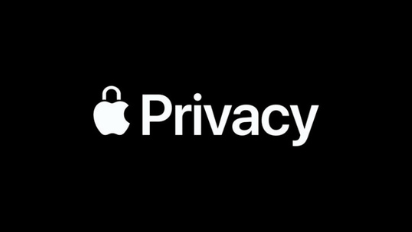The Latest
In an age where data privacy is increasingly in the spotlight, Google has taken a bold step forward with its Privacy Sandbox to revolutionize online privacy without comprising the integrity of digital businesses. But what exactly is the Google Privacy Sandbox, and how can nonprofits leverage its potential to advance their missions while safeguarding user privacy?
What is the Google Privacy Sandbox?
The Google Privacy Sandbox is not just another tech initiative, but rather a concerted effort by one of the world’s largest tech companies to reshape the online landscape in favor of user privacy. At its core, the Google Privacy Sandbox aims to develop technologies that achieve three main goals:
- Protect user privacy: The foremost objective of the Google Privacy Sandbox is to build new technologies that keep users’ information private. By reducing cross-site and cross-app tracking, Google intends to create a more secure online environment where individuals have greater control over their data.
- Preserve free online content: Despite tightening privacy measures, Google aims to ensure that online content remains accessible to all. By striking a balance between privacy and accessibility, the Google Privacy Sandbox seeks to uphold the democratic nature of the internet and provide organizations and developers with the tools they need to thrive in this new digital realm.
- Create more industry collaboration: Google recognizes that privacy is not a solitary endeavor. Through collaboration with industry stakeholders, the Google Privacy Sandbox endeavors to establish new internet privacy standards that set a precedent for ethical data practices across the digital landscape.
What can you do to adjust your strategy?
In tandem with the Google Privacy Sandbox, nonprofits can harness the power of AI-driven platforms and Customer Data Platforms (CDPs) to enhance their digital presence and further their mission-driven objectives. These include:
- Embracing AI-powered solutions: As AI-powered chatbots gain prominence, nonprofits can leverage these tools to deliver tailored experiences to their supporters. According to HubSpot’s 2024 State of Marketing Report, a projected 55% of businesses are turning to chatbots for customer interactions, signaling a shift towards more personalized engagement. Integrating chatbots can streamline supporter engagement, providing instant answers and guidance to FAQs while freeing up staff resources.
- Utilizing first-party data strategies: As Google Privacy Sandbox reshapes the digital advertising landscape, nonprofits can utilize first-party data to create highly personalized email campaigns that resonate with their audience on a deeper level. From AI-driven recommendations to hyper-personalization and location-specific messaging, dynamic content can significantly enhance email engagement and conversion rates.
- Investing in CDPs: Implementing a CDP may seem daunting at first, but the long-term benefits for nonprofits are undeniable. By centralizing customer data and streamlining the analytics process, CDPs unlock invaluable insights that drive informed decision-making and foster stronger donor relationships. Moreover, by prioritizing data privacy and only collecting essential information, CDPs can help nonprofits uphold the highest standards of data protection and compliance.
As the digital landscape continues to evolve, nonprofits must adapt to meet the challenges and opportunities presented by initiatives like the Google Privacy Sandbox. By embracing AI-driven technologies, leveraging CDPs, and prioritizing data privacy, organizations can navigate this shifting terrain with confidence, driving meaningful engagement and advancing their mission in a privacy-conscious manner. Stay informed, stay proactive, and embrace the future of digital innovations with a steadfast commitment to privacy and ethical practices.
Looking for more information?
For more information or assistance with your digital strategy, contact us at info@thelukenscompany.com.





